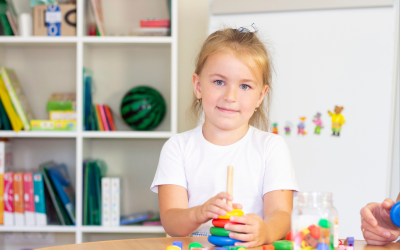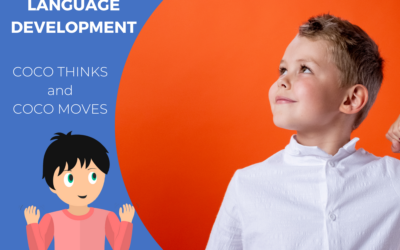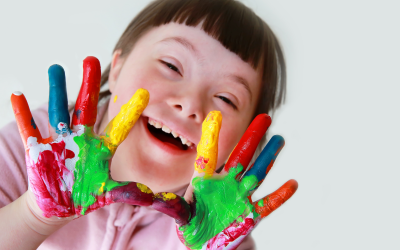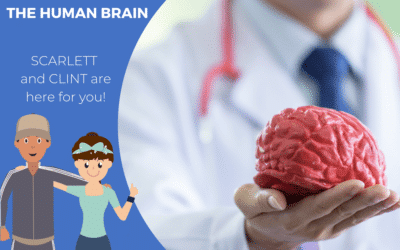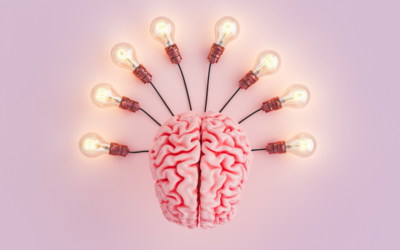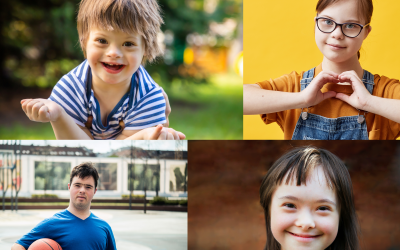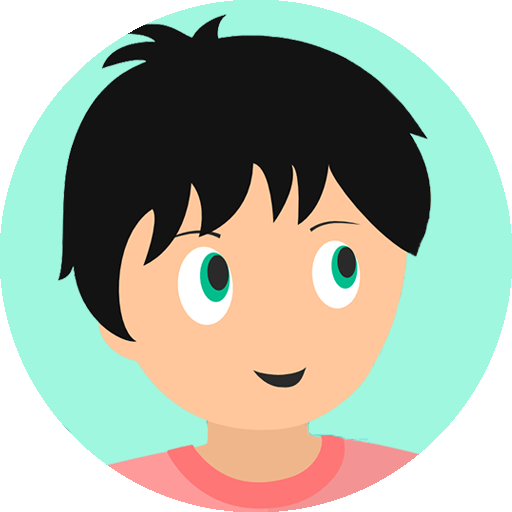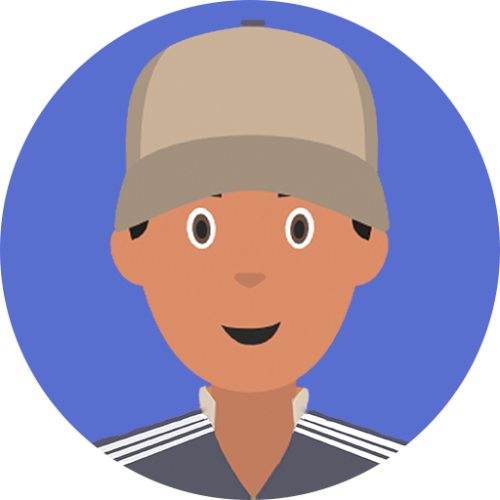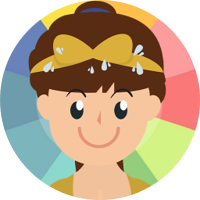Created by the Italian doctor Maria Montessori in 1907, the Montessori Method focuses on the education of children. According to her, each child is unique and has unique qualities. Therefore, the Montessori Pedagogy was introduced to develop certain skills in each child and give them the freedom to evolve at their own pace. This reflection focuses on understanding and respecting the child’s natural rhythm. Like all science, the Montessori Method is reinforced by principles that support its thesis and serve as a guide in its practice to be better understood by all.
What is the Montessori Method?
The Montessori Method aims at putting the child at the center of their own development. In short, the Montessori pedagogy allows children to use all 5 senses in their learning. Based on fundamental principles, the Montessori Method gives the child full authority over decisions on their intellectual development.
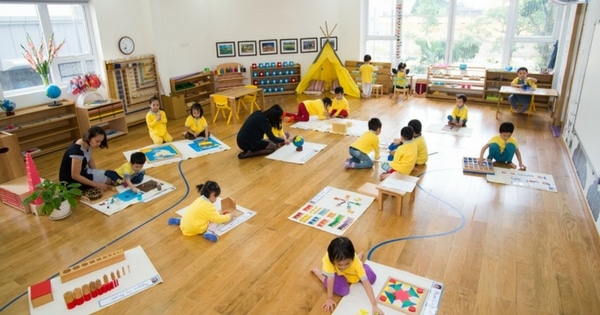
Self-discipline entails that rather than waiting to be corrected to improve, children should identify their own mistakes and limitations to avoid repeating them in the future. Instead of telling children what is expected of them directly, we invite them to reach the desired level through indirect incentive action.
Experiential learning requires that children use tools use their senses more efficiently. Coaching children individually with the Montessori Method allows for better supervision and deeper involvement of the children in their activities.
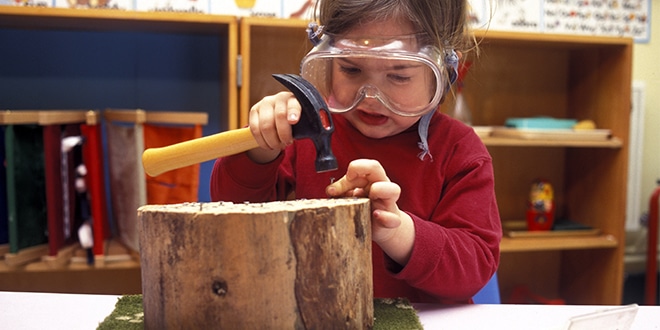
Practices of the Montessori Method
To optimize the practice of this method on children, it is important to really observe them.
It will allow to detect their strengths and weaknesses, respect their autonomy by inviting them to do more, encourage them daily and avoid pushing them too hard. This pedagogy can be done at school and even at home.
The Montessori Method can be done in kindergarten with children from 3 to 6 years old, and in primary school with children from 6 to 11 years old.
This method can also be applied in middle school and in high school. Montessori schools are usually bilingual. A customized program is developed to meet the needs of children to optimize their education.
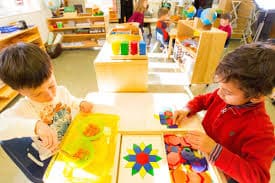
Educators are responsible for encouraging them to develop an interest in all the activities of the program. The Montessori Method for homeschooling is practiced in accordance with certain criteria. A perspective shift about children’s education is needed to understand them and, above all, trust them.
As an educator, you should try to get children to participate in daily tasks, arrange their own workspace and develop coherent analytical thinking. The most important thing is to have complete trust in children and give them the opportunity to learn by themselves. For more details, you can get the Montessori Method in book form to study it and apply it properly.
Digital tools to promote Montessori pedagogy
There are many digital platforms allowing you to practice the Montessori method at home, by giving the children the tools to learn on their own and develop various interests.
Indeed, the COCO THINKS and COCO MOVES © app is an educational program for children aged 5 to 10 years old, to help them develop their concentration, attention, memory and understanding, while enriching their vocabulary.
This program also promotes the child’s autonomy and decision-making based on these interests.
Discover the COCO THINKS and COCO MOVES © app
The COCO THINKS and COCO MOVES © app contains more than 30 educational games to work on English, math, logic, memory or attention.
In addition, the application imposes a sports break every 15 minutes of screen time to teach a measured use of screens.
Much smarter than a parental control!
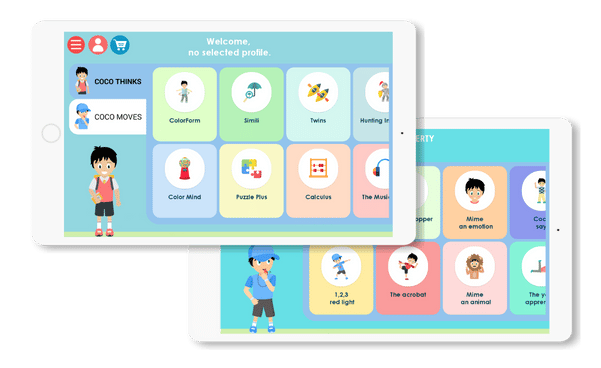
Other articles you might be interested in:
Supporting children with autism
Dynseo proposesSUPPORTING CHILDREN WITH AUTISM with COCO THINKS AND COCO MOVESDynseo and its team are very much...
Supporting DYS children with COCO THINKS and COCO MOVES
Dynseo proposesDYS disorders with COCO THINKS and COCO MOVESOur educational and pedagogical games program COCO THINKS...
Language development
Children communicate from birth with movements, crying, looking at each other or with smiles. After only a few months,...
Supporting children with Down Syndrome with Coco
Dynseo proposesDOWN SYNDROME with COCODown syndrome is a non-hereditary chromosomal abnormality that leads to the...
Supporting people after a stroke
Dynseo proposesStroke with CLINT, your brain training coachThe Dynseo team is very involved in helping people who have...
Supporting someone with Alzheimer’s
In this guide, we will detail how SCARLETT can be used for supporting someone with Alzheimer's. SCARLETT is a...
10 myths about the human brain you didn’t know
The brain is an incredible muscle, however there are many things we do not know, and what we do know is not always...
How do you support a schoolboy in difficulty?
Parents or guardians may find it difficult to provide support for schoolchildren in difficulty. The difficulties...
Educational Tools for Supporting Children with Down Syndrome in Their Learning Journey
Down syndrome is a genetic condition that arises from the presence of an extra chromosome 21, leading to a range of...
Practical Tips for Using Apps with Post-Stroke Speech Therapy Patients
In recent years, the integration of technology into healthcare has transformed the way we approach rehabilitation,...



